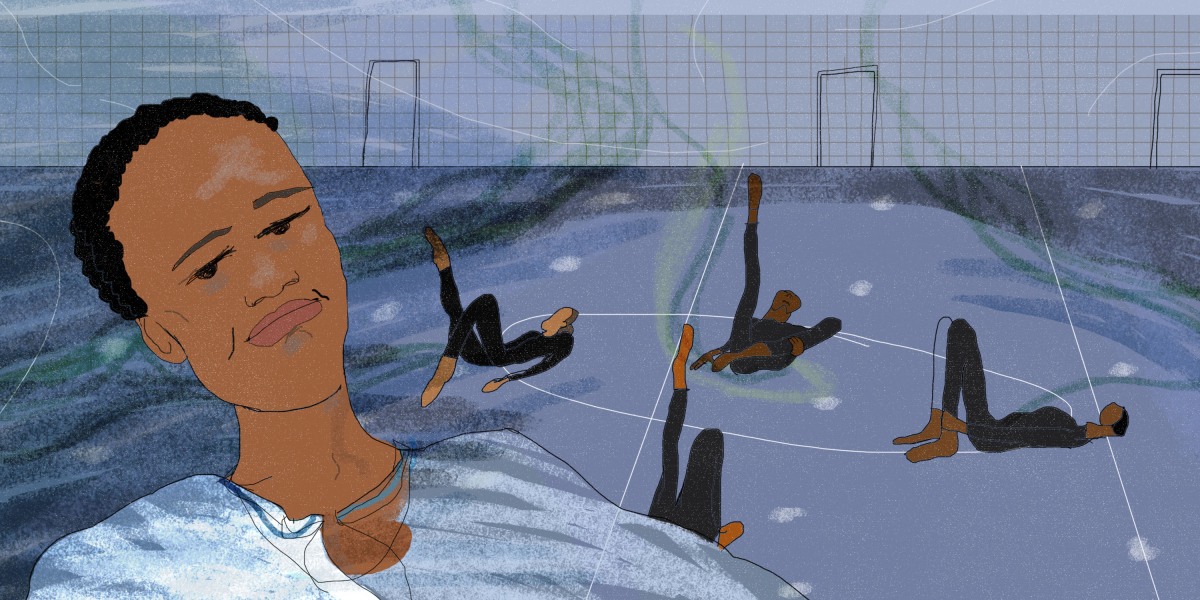
Liza Fisher is preparing for a busy day. In about an hour, her mother will drive her to a clinic, where she will receive IV fluids and iron treatments for her anemia. When the IV bag is empty, she’ll head to an adaptive gym, where she’ll don compression pants and take a class for people with disabilities. She’ll also consult with a therapist familiar with postural tachycardia syndrome, a condition that causes her heart to race when she stands up.
Fisher, who lives in Houston, was once an athletic flight attendant. Now her life is consumed with daily therapies and exercise as well as care offered by her mother, a nurse who moved from Ohio to take care of her. This is how it’s been for more than a year, after she contracted covid-19 and developed chronic symptoms of long covid.
Fisher’s case is sadly far from unique. She’s one of many people of color who are grappling with long covid—and we’re only just beginning to understand how big a problem it is. Read the full story.
—Elaine Shelly
Broadband funding for Native communities could finally connect some of America’s most isolated places
Rural and Native communities in the US have long had lower rates of cellular and broadband connectivity than urban areas, where four out of every five Americans live. Outside the cities and suburbs, which occupy barely 3% of US land, reliable internet service can still be hard to come by.
For decades, people who live in places like the Blackfeet Indian Reservation have made do with low bandwidth delivered through obsolete copper wires, or simply gone without.
The covid-19 pandemic underscored the problem as Native communities locked down and moved school and other essential daily activities online. But it also kicked off an unprecedented surge of relief funding to solve it. Read the full story.
